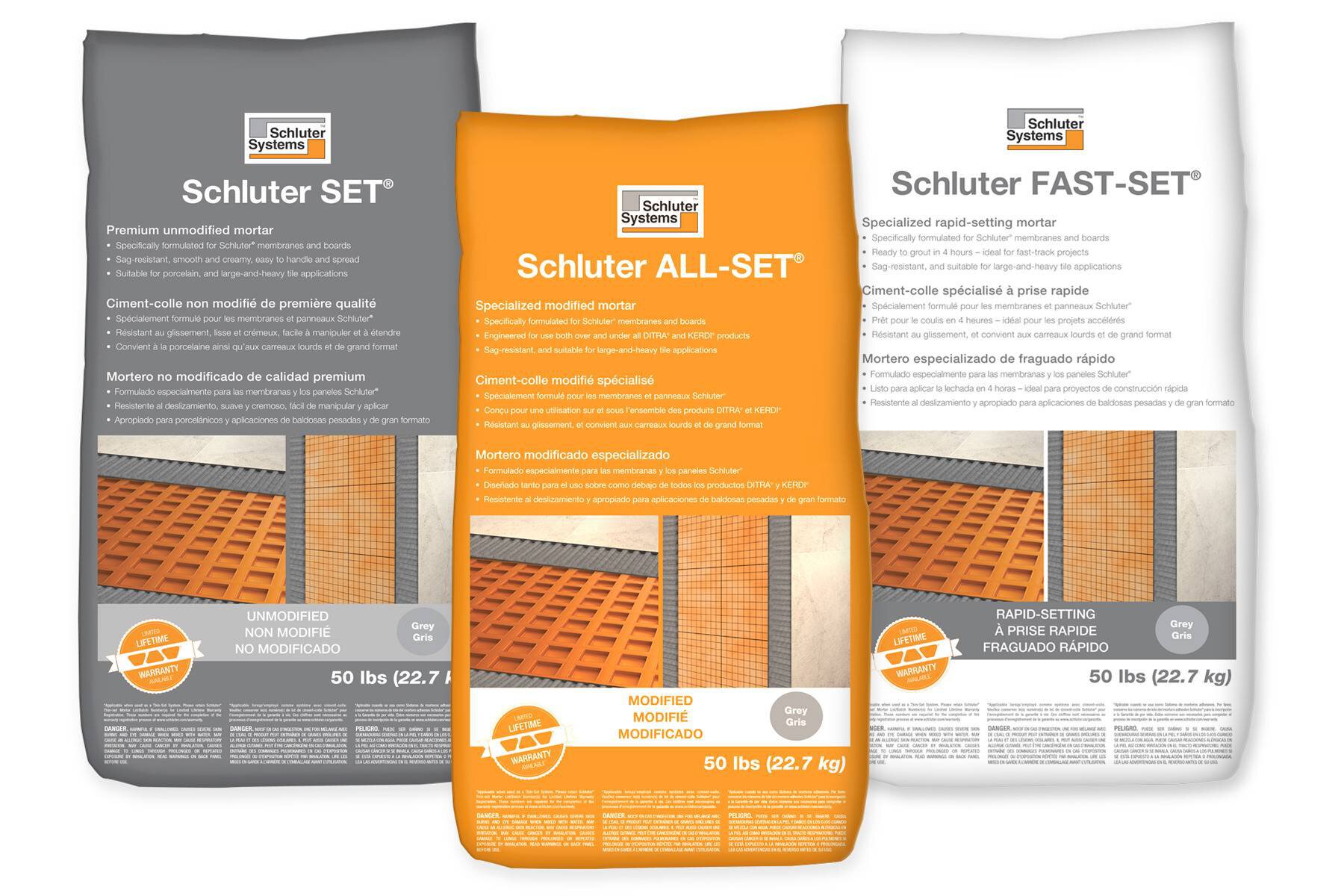


Why Sustainability Matters in the Tile and Flooring Industry



Sustainability might not be top of mind for everyone in the flooring world, but it’s quickly becoming a key consideration, especially in the tile industry. As more attention is placed on the environmental and health impacts of building materials, sustainability documentation is gaining traction across both commercial and residential projects.
The Role of LEED in Driving Sustainable Practices
In commercial construction, LEED (Leadership in Energy and Environmental Design) certification continues to lead the charge. LEED rewards projects that use sustainable materials with points toward certification.
For instance, products with Environmental Product Declarations (EPDs), whether product-specific or industry-wide, can contribute up to two points per product under the latest LEED v5 standards.
These documents detail a product's lifecycle environmental impact and help project teams make informed decisions that support green building goals.



Residential Projects Benefit Too



Sustainability isn't just for large commercial sites. Installers, homeowners, and contractors working on residential projects are also turning to transparency documents like Health Product Declarations (HPDs). These provide crucial information on how building materials may affect human health—an important consideration for people with chemical sensitivities to substances like formaldehyde or other VOCs (Volatile Organic Compounds).
Other helpful resources include:
- Safety Data Sheets (SDSs)
- Declare Labels
- VOC Emission Testing
- LBC Red List Free certifications
These tools help clarify exactly what materials are being used and how they may affect the people living with them day-to-day.
Embodied Carbon and the Bigger Picture
Another growing area of focus is embodied carbon, the total carbon footprint associated with manufacturing, transporting, and installing a product.
Reducing embodied carbon is not only beneficial for earning LEED points, but it also helps us better understand how each product contributes to the overall environmental impact of a building.
By reviewing sustainability documents before installation, project teams can select materials that reduce a building's carbon footprint from the ground up. And when manufacturers have access to this same data, they’re empowered to reformulate or improve their products, making them safer and more sustainable for the long term.



A Win-Win for Everyone
In today’s evolving market, sustainability documentation is more than a box to check - it’s a resource for smarter, healthier, and more responsible building decisions. Whether you're a specifier, contractor, installer, or homeowner, understanding and utilizing these tools puts you at the forefront of a more sustainable future in flooring.